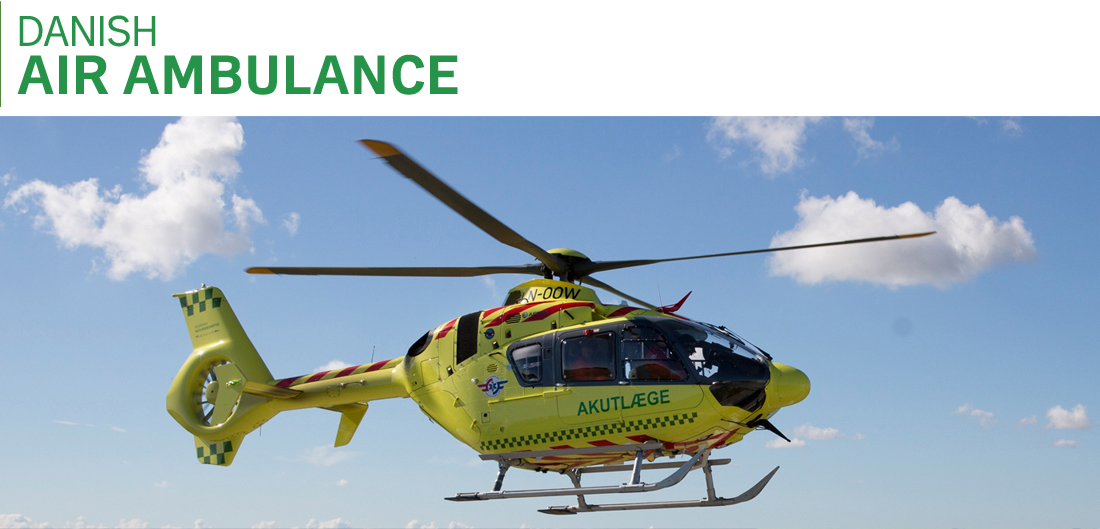Background
Acute severe brain tissue damage from blood vessel occlusion or hemorrhage (stroke) requires immediate treatment to secure the patient’s survival and mobility. Treatment due to occlusion is either dissolving the cloth within 4,5 hours (thrombolysis) or catheterized removing of the cloth (thrombectomy). Even when time requirements for thrombolysis and thrombectomy are met, the effect is strongly time dependent – shorter delay gives better outcome. The prehospital responsibility is to ensure rapid identification of stroke, immediate transport and correctly visited patients to a comprehensive or primary stroke center.
PreSS is the nationwide prehospital stroke score in Denmark. The scores on which PreSS is based does not yet differentiate between hemorrhage or occlusion. We want to examine if GFAP biomarker combined with PreSS can differentiate between hemorrhage and ischemic stroke.
Aim
The aim of this study is to improve the diagnostic performance of PreSS by adding the GFAP biomarker and thereby increase the ability to differentiate between the different types of stroke. The risk of death and permanent injury will be reduced by optimized prehospital visitation. Improved prehospital diagnostic will cause the right patient for the right treatment in right time.
Methods
The study is a retrospective study based on prospectively collected data from Norway and Germany. The diagnostic performance for stroke will be investigated for PreSS and GFAP alone and in combination.
Cooperation
The project is a collaboration between Prehospital Emergency Medical Services, Central Region Denmark, Aarhus, Norwegian Air Ambulance, Oslo and Department of Neurology, Frankfurt am Main.
Results
Glial Fibrillary Acidic Protein (GFAP) in combination with Prehospital Stroke Scale (PreSS) can be used in a decision tree for identification of strokes from blood vessel occlussions or hemorrhages. GFAP is a biomarker for patients with hemorrhages, while PreSS afterwards differentiates between subtypes of blood vessel occlusions. In the long term, other markers/steps could potentially increase the diagnostic accuracy of the decision tree.
